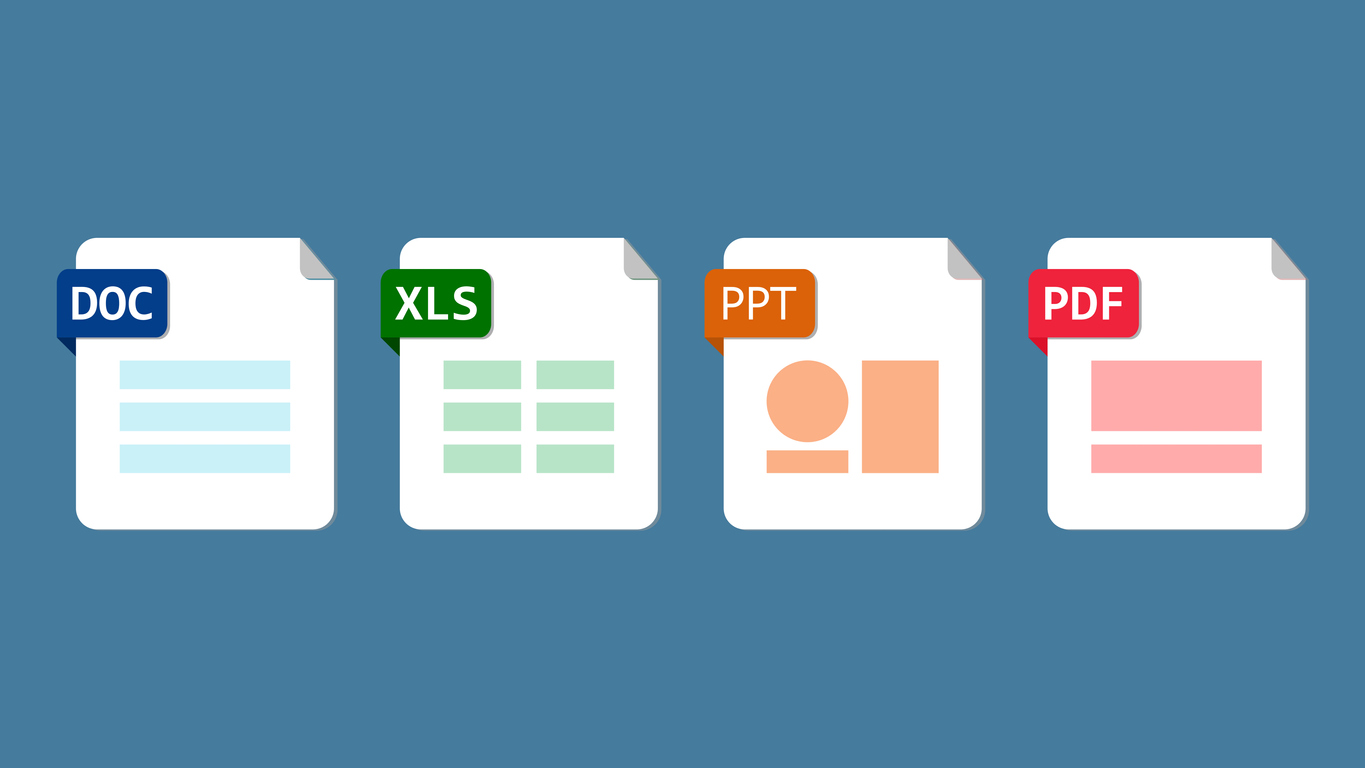
26 Jan File Structure Tips Surrounding Commercial Printing
When you order commercial printing services, you will need to send a file over to the printer for them to commence printing. While this seems like a simple task, it’s often the stage in the process that most clients get wrong. It’s easy to send something in the wrong file format or with other issues, delaying the entire printing process.
Today, we’re going to give you some file structure tips to help you breeze through this stage and get your designs ready for print!
Select the right color model
The chances are your prints will be in color. As such, the most common file structure mistake is sending off a file in the RGB color model. This will be the default setting when creating your designs on a computer, purely because that’s the model that monitors use.
However, in the commercial printing industry, we use CMYK instead. There’s a scientific reason behind this, but the simple explanation is that CMYK produces the most accurate colors to what you see on the screen. If your file is in RGB, it will be sent back for you to change into CMYK. To avoid this inconvenience, change it beforehand.
Choose the right design size
Another common error is that people send off designs in a size that simply won’t work or doesn’t make sense. For instance, you want business cards printed, but your design is the size of an A4 sheet of paper. It’s unrealistic to have business cards like this, and we’ve often seen the opposite where people have made their designs too small.
Check with your commercial printers beforehand and they can provide you with the exact design parameters depending on what you’re printing. This ensures that your file will always be the right size when it’s eventually printed out.
Set up bleeds
Bleeds are very important in the world of printing. In essence, a bleed is something that’s printed beyond the trimmed edge of your final piece. If you have artwork that you want to extend all the way to the edges of your design, you need to set up bleeds.
When designing your piece, be sure to extend the artwork across the trim line. If you don’t do this, what tends to happen is there’s a slight white border on the edge of the product. Many clients will send over files that don’t include bleeds as they think that everything must be within the trim lines. While text and important details should definitely be within the trim lines, any artwork or borders must be included as bleeds.
Select the right file format
Lots of different file formats can be used in commercial printing, which is where things get confusing. For images, you need to send them in PNG or TIFF, rather than JPG. This is because the first two formats work the best for most projects and retain the image quality when printed.
If your design is a vector image, we recommend sending it in AI, SVG, or EPS formats. Of course, the best thing to do is ask your commercial printer which formats they work with. This avoids any confusion and will ensure that you send them over something in the right format for them to print.
Check the quality of your designs
Perhaps the biggest tip we can give is to always check the quality of your designs before you send them off. Look at all the text on your designs and be sure that there are no grammatical errors at all. We also recommend using pretty normal font types, just to be sure that the text is easily readable.
Still, we can’t stress enough how frustrating it is to receive files that are littered with errors. Making some of the mistakes listed above is understandable if this is your first time printing anything commercially. Hopefully, by reading through these tips you will know not to make them. However, it’s the grammatical or spelling errors that are the worst. They’re so easy for people to avoid making; just take some extra time to check the quality of your designs and be 100% certain that all the information is correct.
Remember, commercial printing companies aren’t going to read through your whole design and proofread it. The onus is on you; as long as the file format is fine and everything else looks good, your product will be printed. To avoid printing things with lots of errors, double and triple-check your designs!
If you’re looking for commercial printing services and would like help formatting your file, we can help you out. The team at Bayside Printing is more than happy to answer any questions or queries related to our service.



Sorry, the comment form is closed at this time.